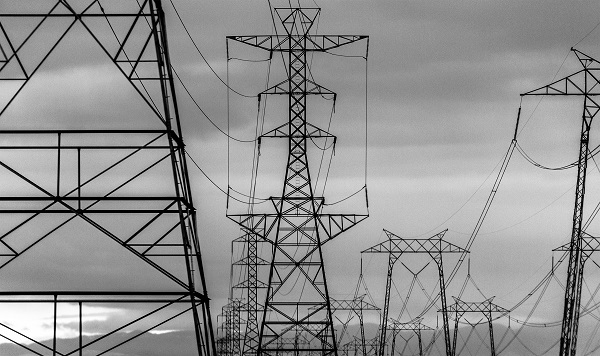Sri Lanka faces severe drought
March 27, 2019 | Expert Insights

Sri Lanka’s state-run power firm has imposed daily power cuts for the first time in more than two years as a drought has slashed hydro-power output, highlighting the government’s failure to build new power plants.
Background
Sri Lanka is an island country in South Asia, located in the Indian Ocean to the southwest of the Bay of Bengal and to the southeast of the Arabian Sea. The island is historically and culturally intertwined with the Indian subcontinent but is geographically separated from the Indian subcontinent by the Gulf of Mannar and the Palk Strait. The legislative capital, Sri Jayawardenepura Kotte, is a suburb of the commercial capital and largest city, Colombo.
The Sri Lankan climate is tropical and warm, due to the moderating effects of ocean winds. The rainfall pattern is influenced by monsoon winds from the Indian Ocean and Bay of Bengal. The "wet zone" and some of the windward slopes of the central highlands receive up to 2,500 millimetres (98.4 in) of rain each year, but the leeward slopes in the east and northeast receive little rain. Most of the east, southeast, and northern parts of Sri Lanka comprise the "dry zone", which receives between 1,200 and 1,900 mm (47 and 75 in) of rain annually.
Sri Lanka also has 103 rivers. The longest of these is the Mahaweli River, extending 335 kilometres.
Analysis
The drought in Sri Lanka has cut the country’s hydro-power generation in half to 15 per cent of the nation’s total electricity production as the Ceylon Electricity Board (CEB) seeks to save water for household and irrigation requirements, the firm said.
That has resulted in a four-hour rolling power cut on weekdays, between the hours of 8:30 a.m. and 10 p.m. (0300-1630 GMT), that began without notice on Friday and was then announced on a scheduled basis for Monday. The four-hour daily cuts hit different places at different times.
If the power cuts are extended for any length of time they could hurt Sri Lanka’s already weak economy. Its GDP growth slowed to just 3.2 per cent in 2018, the lowest in 17 years.
Sri Lanka’s peak demand is 2,400 MW and the country is generating 1,950 MW at the moment, CEB officials said.
“We have to impose power cuts to bridge the shortage,” Saumya Kumarawadu, head of the CEB Engineers Union, told Reuters. “The main reason for the power cut is the government’s failure in implementing the planned power plants,” he added.
Officials from the Power and Energy Ministry were not immediately available for comment on the power cuts. Health Ministry officials said key hospitals in the country had emergency power backup.
In an indication of how severe the situation has become, a Power and Energy Ministry official said the government had on Friday started trying to produce artificial rain with the help of Thailand’s Department of Royal Rainmaking and Agricultural Aviation - so far only a pilot project. The power cuts come after delays in power plant projects.
In 2016, the government cancelled a 500 MW coal power plant through a joint venture between CEB and India’s National Thermal Power Corporation in the eastern port district of Trincomalee, citing environmental pollution. That coal power plant was originally due to start producing later this year.
A 300 MW liquefied natural gas plant (LNG), which was to be started in January this year, has been held up for more than two years due to a court battle between local firm Lakdhanavi and a joint venture between China’s GCL and a Sri Lankan firm.
Lakdhanavi had filed a legal case against the Power and Energy Ministry in 2017 for awarding the LNG tender to the joint venture for $307 million against its bid of $175 million.
Sri Lanka has a total electricity generating capacity of 40 GWH, as it mainly relies on thermal power, including a Chinese built coal power plant, which accounts for 45 per cent of its supply.
Assessment
Our assessment is that Sri Lanka is in dire need for more power plants generating energy from both conventional and unconventional sources. We believe that this drought will push the Sri Lankan government to invest in renewable energies beyond hydropower plants.
Image Courtesy: Angelo DeSantis [CC BY 2.0 (https://creativecommons.org/licenses/by/2.0)]








Comments